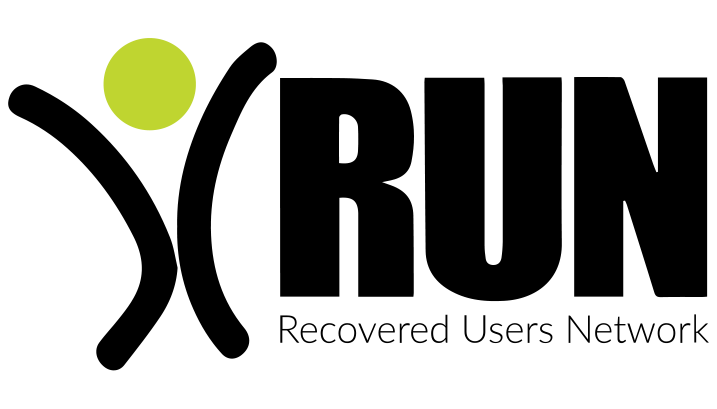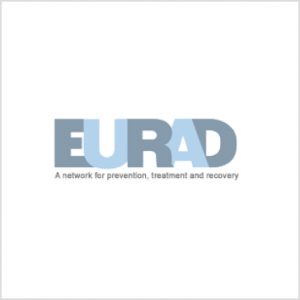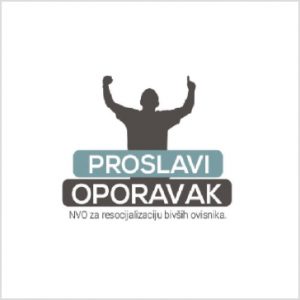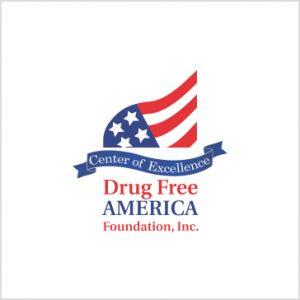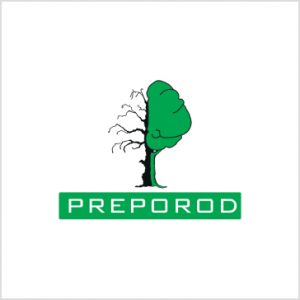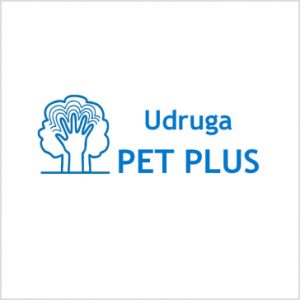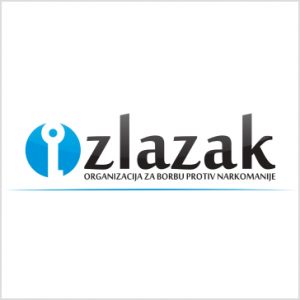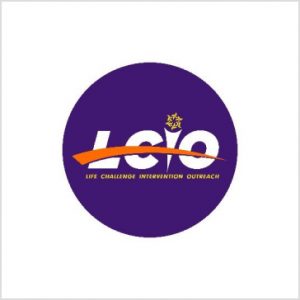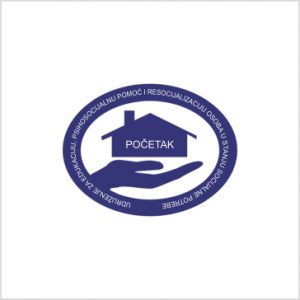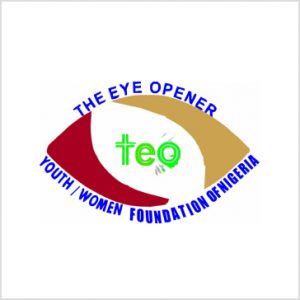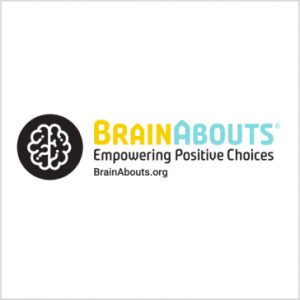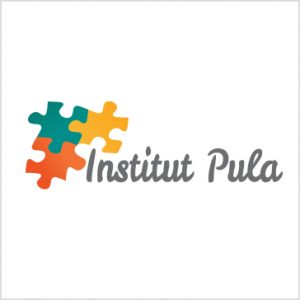Dianova has published an article about our Recovery campaign at the last CND.
The #WeDoRecover” exhibition focused on the issue “Recovery in communities” to give visibility and promote recovery-oriented drug policies
At the last Commission on Narcotic Drugs (CND60) that took place in Vienna from 13th to 17th of March of 2017, the platform Recovered Users Network (RUN) organized an exhibition named “Recovery in communities – We Do Recover“. The exhibition was co-sponsored by Dianova and included a best practice of recovered users at the socio-professional reintegration greenhouse unit from Dianova Portugal.
We speak with Boro Goic, chair of RUN and organizer of the exhibition
Lucía Goberna: What is the goal of the campaign?
Boro Goic: This year’s campaign is basically the second step in our advocacy program about recovery-oriented policies. If we go back, just for seven or eight years, “recovery” as a concept was not mentioned in any drug policy.
“Recovery” as such was firstly included in the UK Strategy 2010 and was based on recovery-oriented systems of care, which is a person centered approach that covers not only removal of addiction, but rather focuses on all needs of a person in any treatment. Also recovery is a part of the 2013-2020 European Drug Policy Strategy. Several years ago, we saw that there wasn’t much interest in recovery-oriented policies at the UN and we wanted to change this and bring more balance into drug demand reduction policies .
Last year was the first campaign, where we showed that recovery for individuals, not only exists, but that it brings positive impacts not only to the individuals but to other factors as well. For example, if an individual is recovered, it will be better for his family, for the labor market, community, etc.
This year we have developed a campaign “Recovery in communities”. We tried to show and present on huge posters in the UN that people around the world did recover from addiction and that this has brought positive impacts to the society. There are very good examples that recovery from addiction exists.
How many organizations have participated in this year’s campaign?
This campaign was organized by RUN and co-sponsored by 14 organizations from different parts of Europe and the world. For example, there are organizations from Russia, Spain, US and Balkan countries too… Also organizations, which are not directly involved in recovery work but they support the recovery movement.
Why is it important to be present at the CND?
At the CND there are many organizations present that organize different campaigns. Some of these focus on the decriminalization on drugs, on harm reduction being the answer of all drug demand problems, etc. And I believe, that UNODC also wants to see that drug policies on drug demand reduction should be more balanced and follow implementation of UNGASS outcome document where recovery is very well mentioned. We saw a raising interest about recovery-oriented drugs policies during last year’s CND and UNGASS process too. Not only from the governments that already apply these policies, but also from governments that have realized that some treatment approaches which are based only on harm reduction, do not show good results.
Just to be clear, recovery movement isn’t against harm reduction, and we perceive harm reduction approaches as important tool.
Furthermore, the CND is the place where all authorities are meeting together and hear the positions of different networks on drug policies. We want to show that recovery-oriented policies should be aims and goal of all treatments in drug demand reduction policies. We believe that this exhibition as well as organization of various side events during the CND60 will lead us one step further towards this goal.
Is there a final message that you would like to convey?
We will continue to promote recovery and we hope to gain even more visibility and support to continue advocating. When we advocate for recovery we are not only thinking about drug policies, we are thinking what these policies can bring at the grassroots level.
Decision makers should develop systems of care, which can help people take recovery path from drug addiction, and strive to achieve their highest potential as contributing members of society. And if that means life in full recovery without drugs for a lot of them, then we should help them accomplish that goal.
Source: https://www.dianova.ngo/news/recovery-exhibition-at-the-cnd/

